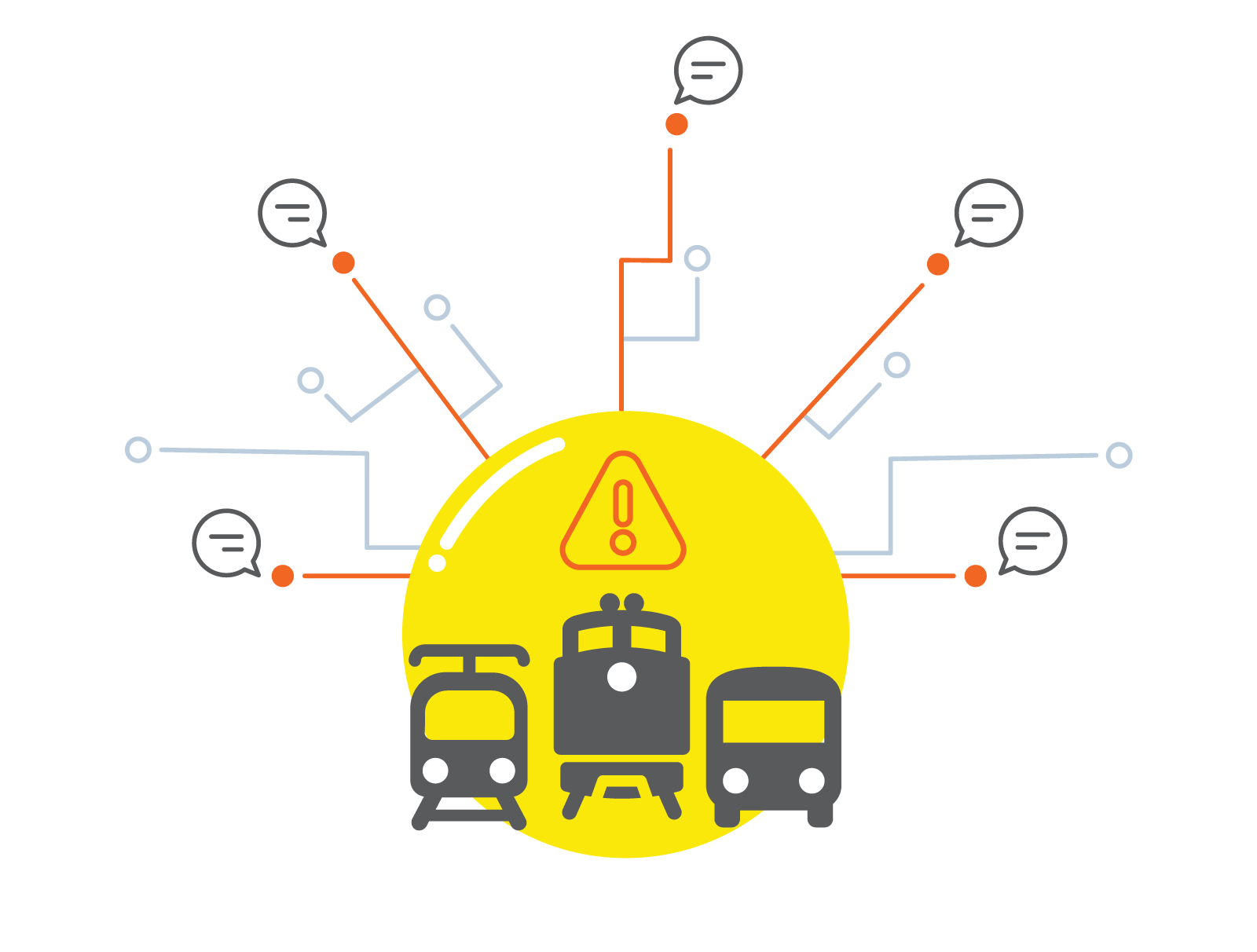Obsolescence Community
Community that deals with obsolescence topics and the generated impact.
In today’s society, where obsolescence is increasingly common and has become a serious concern, there is a growing community of committed people who are actively addressing this issue and trying to attenuate the effects with controlled measures.


